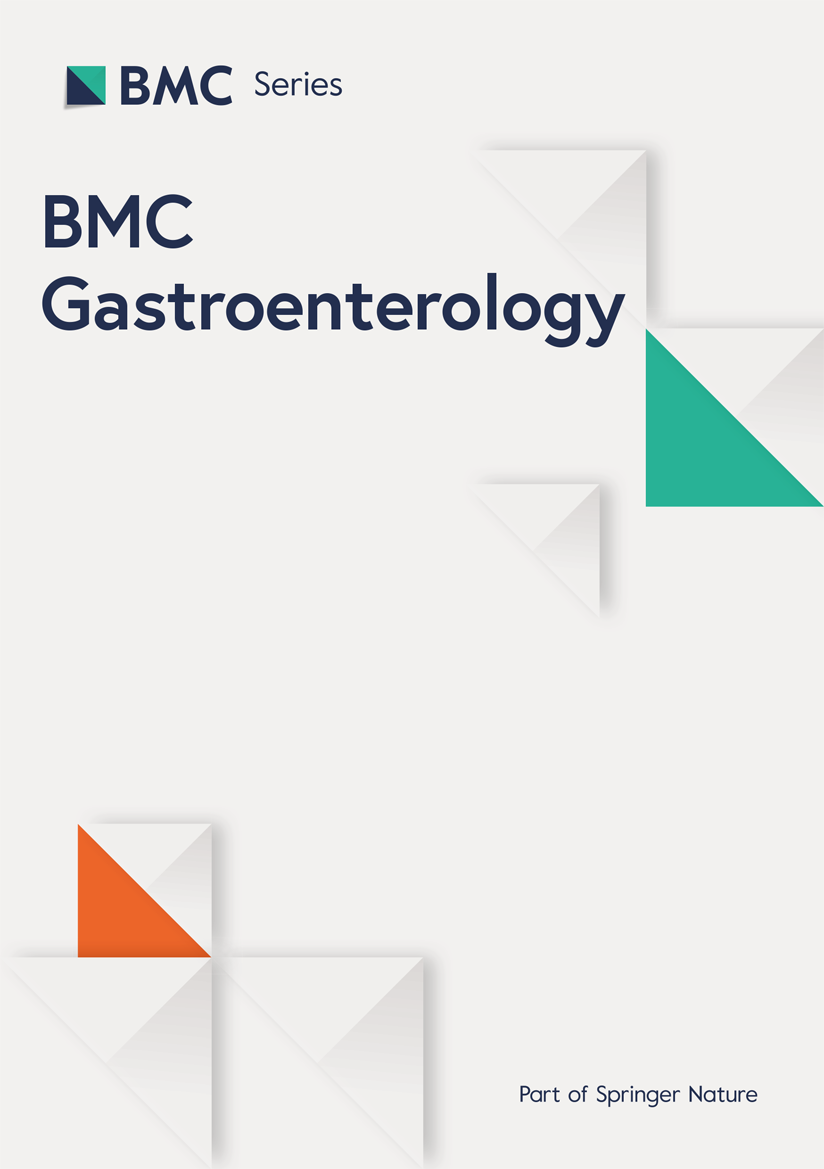Ovchinnikova EV, Garbuz MM, Ovchinnikova AA, Kumeiko VV. Epidemiology of wilson’s disease and pathogenic variants of the ATP7B gene leading to diversified protein disfunctions. Int J Mol Sci. 2024;25(4):2402.
Risk factors and prediction model development for pancreatic fistula following splenectomy in Wilson’s disease patients with portal hypertension | BMC Gastroenterology
